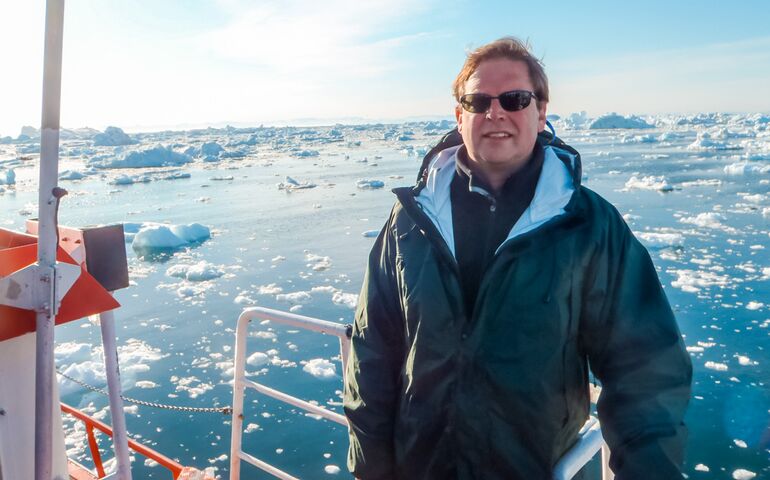2022 Forecast: Within diverse aquaculture industry, slow-but-steady growth
 Photo / Courtesy of Maine Aquaculture Association
Sebastian Belle, executive director of the Maine Aquaculture Association, says a diverse mix of species, companies, sizes and production methods have provided slow-but-steady growth in the industry.
Photo / Courtesy of Maine Aquaculture Association
Sebastian Belle, executive director of the Maine Aquaculture Association, says a diverse mix of species, companies, sizes and production methods have provided slow-but-steady growth in the industry.
A dominant trend in Maine’s aquaculture industry over the past year is new distribution channels through retail and direct-to-consumer, says Sebastian Belle, executive director of the Maine Aquaculture Association.
“We saw consumer starting to prepare seafood at home, something they might not have done in the past,” he says.
A great example is oysters, long consumed mostly at restaurants.
“We’ve now got a tremendous market in retail and direct-to-consumer sales,” he says.
The industry is also seeing strong growth in out-of-state markets. Traditionally, many core Maine products — oysters, mussels, salmon — were distributed to local restaurants.
“That continues to be the case, but out-of-state sales have strengthened,” he says. “That’s helped diversify and strengthen the market.”
As the industry grows, it needs better access to lease sites.
“Demand for our product is very strong,” Belle says. “Prices are typically higher than our competitors. But if we can’t get lease sites, we won’t continue to grow the sector.”
The hope is that new funding provided during the last legislative session will allow more hiring at the regulatory level to relieve application bottlenecks.
Of various land-based projects in the pipeline, Belle says the furthest advanced is American Unagi, which grows elvers, or baby eels. Its success so far, he says, bodes wells for land-based farms projects.
But he cautions: “The relationship between any project and the community is really important. Projects that do their homework and listen to local communities about their concerns will do better than projects that don’t.”
Overall, Belle expects a good 2022 with the type of slow-but-steady growth that’s been a hallmark of the industry for many years.
“One of the reasons the aquaculture sector has done as well as it has — in the face economic downturns or COVID or other challenges — is the tremendous mix of species, companies, sizes and production methods,” he says. “That diversity has given the sector the ability to grow slowly but surely.”









0 Comments